Subway Logo Design: History & Evolution

Image Courtesy: Subway
When it comes to emblematic logo designs, the Subway logo undoubtedly takes its place among the most recognizable. Subway logo design isn't just a fascinating subject for graphic designers; it's an inspiring story that showcases the evolution of branding in the fast-food industry. Since its inception, the Subway logo has undergone significant transformations, each reflecting not just design trends but the brand's growth and identity.
From bold colors and typography to sleek and modern aesthetics, the Subway logo design has consistently kept pace with the times. In this article, we'll delve into the history and evolution of Subway's logo, offering an intriguing look at how it has changed to meet the demands of an ever-shifting market. Whether you're a seasoned designer or just curious about the creative process behind big brand logos, you'll find this exploration rich with insights and inspiration. Grab a sandwich, settle in, and join us on this journey through the exciting world of Subway logo design!
Subway Logo Design History
1965 - 1968
The beginning of the Subway logo design story takes us back to 1965, a time when bold and vibrant colors were a staple in the advertising world. The very first banner for the Subway brand was a splendid fusion of bright and vivid lettering in light blue and red, contrastingly placed on a white background.
In the world of graphic design, first impressions are everything, and Subway's original logo did not disappoint. The left part of the emblem comprised an enlarged “Pete’s” in a traditional and bold sans-serif typeface, a design choice that gave it an authoritative and memorable appearance. Meanwhile, the right part, set in two levels with its capitalized red inscription, was executed in a handwritten font with clean lines and distinct edges. This dual typography approach was a calculated move to blend tradition with a personal touch, making it relatable to the everyday consumer.
In its essence, this period of Subway logo design embodied the youthful vigor and innovative spirit of the brand's early years. For graphic designers, the emblem is a fantastic case study in using colors, fonts, and design aesthetics to create a logo that doesn't just represent a brand but resonates with its target audience. As we look back on this period, the initial Subway logo design stands as a testament to the role of creativity in shaping brand identity, even in the fast-paced and ever-changing world of fast food.

Image Courtesy: Subway
1968 - 1970
The evolution of the Subway logo design took an interesting turn between 1968 and 1970, marked by a change in name to “Pete’s Subs.” This period is an excellent example of how design and branding need to walk hand in hand, responding to changes in business direction.
With the name change, the Subway logo design faced the challenge of maintaining its existing brand equity while also signaling a fresh identity. The designers behind “Pete’s Subs” were tasked with creating something that preserved the brand's historical essence yet spoke to its new direction.
The focus keyword “Subway logo design” may not have been relevant during this brief period, but the underlying design principles remained intact. The rebranding was about more than just a change of name; it was about embodying the very soul of the brand in visual form. This period teaches us that great logo design isn't static. It evolves, adapts, and grows with the brand.
Graphic designers who study this phase of Subway logo design will find valuable lessons in adaptability, continuity, and the nuanced art of blending old with new. It's a reminder that logos are not just about aesthetics; they are a visual handshake between a brand and its audience, reflecting changes, embracing new directions, and always, always communicating.

Image Courtesy: Subway
1970 - 1972
The period between 1970 and 1972 saw another turning point in the history of Subway logo design, as the brand underwent a significant rebranding and shifted its name to “Pete's Subway.” This phase showcases a valuable lesson in the importance of aligning a logo's aesthetics with a brand's evolving identity.
The change to “Pete's Subway” meant that the Subway logo design needed to reflect both continuity with the past and a fresh perspective. This was a delicate balancing act, intertwining the old with the new. The designers behind this transitional phase were faced with the challenge of keeping the logo recognizable to the existing customer base while injecting new life to resonate with potential consumers.
For those keen on graphic design, the "Pete's Subway" logo presents a tangible lesson in how to navigate brand transitions. It's about more than just changing a name; it's about understanding the brand's core values and visualizing them in a way that speaks to the audience. This phase in Subway logo design stands as a beacon for aspiring designers, highlighting the intricate dance between preservation and innovation, a dance that's at the heart of great branding.

Image Courtesy: Subway
1972 - 1973
With the rename of the brand into Subway in 1972, a new chapter in Subway logo design began, opening the doors to a logo that would become the foundation for many iterations to follow. This time, the designers introduced a stylized yellow “Subway” inscription executed in a smooth and modern sans-serif typeface. The unique elements were the tails of the “S” and “Y,” elongated and curved, and finished with thin and delicate arrow-heads.
Though only in use for one year, this version of the Subway logo design set a precedent for all the following versions of the visual identity. This brief period illustrates how a single year can make a lasting impression in logo design history. The subtlety of the curves, the innovation of the tails, and the bold choice of yellow all worked together to craft an emblem that was not just eye-catching but symbolic.
For graphic designers, this moment in Subway logo design serves as a rich source of inspiration. It shows that sometimes, less is more, and a logo's lasting impact can be found in the subtlest of details. It’s a reminder that in the world of design, experimentation and innovation can pay off, forging a path that many will follow. This logo is not merely a representation of a brand; it’s a testament to the power of creativity and the endless possibilities that lie within the realm of design.

Image Courtesy: Subway
1973 - 2002
The period spanning from 1973 to 2002 was a remarkable era in Subway logo design, reflecting a brand maturing and becoming more confident in its identity. In 1969, the lines of the logotype were thickened, and the color palette underwent a striking transformation to white and yellow, visually splitting the brand's name into two parts.
What made this version of the Subway logo design stand out was the introduction of a solid black banner, horizontally stretched with rounded sides. This black background served as a powerful canvas, giving the white and yellow inscription prominence and allowing for a robust visual impact.
A bit later, the company introduced two more color scheme options for the badge: white and yellow wordmark on a green background, and green and yellow lettering set in white. These iterations were more than just aesthetic changes; they were strategic moves to offer flexibility and adaptability across various mediums and platforms.
For graphic designers, this phase of Subway logo design offers a treasure trove of insights into branding evolution. It underscores the importance of visual consistency, the power of color psychology, and the art of subtle transformation. Whether it's the thickening of the lines, the introduction of new color schemes, or the use of a black banner, each change was deliberate, each decision aimed at connecting with the consumer. This era in Subway's design history is a masterclass in how visual subtleties can create enduring connections.

Image Courtesy: Subway
2002 - 2016
The dawn of the new millennium brought with it a fresh wave of change for Subway logo design. In 2002, the typeface of the Subway logotype underwent a bold redesign, adopting an italicized sans-serif style with its letters closely glued to each other. This stylistic change was more than a visual update; it was a statement of modernity and forward-thinking.
The wordmark retained its iconic white and yellow colors but was now juxtaposed against a bright backdrop, as the letters gained a thin yet confident green outline. This alteration did more than just refresh the logo's look; it invigorated the brand's identity.
The 2002 Subway logo design is a testament to the delicate art of redesigning without losing brand essence. For graphic designers, it's an example of how the smallest changes – a tweak in typeface, the addition of an outline – can breathe new life into a logo.
This era speaks volumes about understanding your audience, about knowing when it's time to evolve, and about the courage to embrace change while staying true to your roots. In the ever-changing world of branding and design, the Subway logo from 2002 to 2016 is a symbol of timeless creativity, a beacon for designers aiming to craft visuals that resonate across generations. It's a reminder that great design is not just about what you see; it's about what you feel, and more importantly, what you make others feel.

Image Courtesy: Subway
2015 - 2016
The Subway logo design journey took another exciting turn in 2015, revealing a version that managed to exude freshness while still honoring the brand's visual heritage. The typeface retained its previous style, but with a significant change: the letters were recast in green, with thinner lines and more space between the symbols.
This adaptation was more than just a visual tweak; it was a calculated shift that transformed the logo into a friendly and bright image, evoking a sense of joy and happiness. By leaning into the color green - often associated with health and freshness - this iteration of the Subway logo design emphasized the brand's commitment to quality and taste.
For graphic designers, the 2015 Subway logo is a lesson in the power of refinement. It demonstrates how slight modifications can make a substantial difference in the perception of a brand. It’s an example of how to evolve a logo by staying true to its essence while adding a touch of modernity. This period in Subway logo design offers a valuable insight into the delicate art of reimagining an existing identity without losing its core appeal. It's about freshness in design, literally and figuratively, and the endless possibilities that come with embracing simplicity.

Image Courtesy: Subway
2016 - Present
With 2016 came a transformation that would define the current phase of Subway logo design. This modernized version weaves together all previous emblems' essences, arriving at an inspired blend of the old and the new. The inscription is set in a bold and rounded sans-serif typeface, split into solid yellow for the left part and green for the right. The arrows on the ends of the “S” and “Y” underwent a subtle but impactful alteration, becoming a bit more massive and sharp, infusing the logo with a sense of progressiveness and strength.
This most recent iteration of Subway logo design symbolizes more than a brand; it represents a journey. A journey through time, trends, and styles, culminating in a logo that feels both contemporary and timeless.
For aspiring graphic designers, this emblem is a case study in how to evolve a brand's visual identity without losing its soul. It's a demonstration of how color, form, and subtle touches can shape perception and communicate a brand's philosophy.
The 2016 Subway logo design encapsulates the brand's essence, delivering it with confidence and flair. It stands as a testament to the evolving nature of design and the importance of embracing change while honoring tradition. In the rich tapestry of Subway's design history, this logo shines as a beacon of innovation and inspiration, reminding us that the key to great design lies in understanding, creativity, and the courage to keep moving forward.

Image Courtesy: Subway
Analysis: Subway Logo Design Evolution
The evolution of Subway logo design is more than a history lesson in branding; it's a chronicle of creativity, innovation, and strategic design thinking. From its bright and vivid beginnings to its modern and progressive present, the Subway logo has become an iconic representation of a brand that's as fresh as its offerings. Let's dive into five essential takeaways from this fascinating journey in Subway logo design.
Adaptation to Brand Growth
Subway's growth from a local eatery to a global franchise required the logo to evolve alongside it. This evolution wasn't just about aesthetics; it was about aligning the Subway logo design with the brand's ever-expanding identity. Each iteration mirrored Subway's journey, embodying its values, vision, and connection to its customer base.
Color Psychology at Play
One of the hallmarks of Subway logo design has been its masterful use of color. From the bright and energetic red and blue to the fresh and appealing green, yellow, and white, the colors were never arbitrary. They were chosen to invoke specific emotions, reflecting the brand's personality and its products' freshness. The choice of colors created visual harmony while strategically communicating the brand's essence.
Embracing Simplicity and Modernity
Subway's logos have shown an understanding of the power of simplicity. Over the years, the logo became more streamlined and modern, removing unnecessary elements and focusing on what truly mattered. The transformation in 2015 and 2016 especially highlighted this, where subtle changes made the logo more contemporary without losing its unique identity.
Strategic Typography Choices
Typography has played a pivotal role in Subway logo design. From the traditional and bold sans-serif to the sleek and rounded modern versions, each typeface choice was deliberate. They reflected the brand's direction at the time, showing a transition from a more conventional look to an energetic and forward-thinking appearance. The stylized tails of the “S” and “Y,” and the shifts in letter spacing, demonstrate how typography can be both functional and artistic.
Consistent Yet Dynamic Branding
Perhaps the most significant lesson from Subway's logo history is the balance between consistency and dynamism. While the logos have evolved, they've maintained a connection to their predecessors, preserving the brand's heritage. The consistent elements, such as the arrow-heads in the “S” and “Y” and the color palette, combined with the dynamic changes, showcase the mastery of maintaining brand integrity while staying fresh and relevant.
The Subway logo design evolution is a testament to thoughtful design that resonates with audiences across generations. It's a captivating story that offers invaluable insights for graphic designers, emphasizing adaptability, strategic color choice, simplicity, typographic creativity, and the perfect blend of consistency and innovation. It's not just about creating a logo; it's about crafting a timeless symbol that grows with the brand. A lesson indeed for every designer out there!

Image Source: https://www.instagram.com/subway/ | Image Courtesy: Subway
The Philosophy & Meaning Behind Subway Logo Design
The Subway logo design is more than a mere visual identifier for a global brand. It's a cohesive representation of a philosophy that spans freshness, progressiveness, and community. The emblem speaks volumes about the company's mission and values. Let's explore the philosophy and meaning embedded within Subway logo design, with five key insights that go beyond aesthetics.
Freshness and Quality
The recurring theme in Subway logo design is the emphasis on freshness. This is a core principle of the brand's offering, and the logo's green color and clean, sleek design elements encapsulate this philosophy. Green symbolizes growth, health, and freshness, aligning perfectly with Subway's commitment to providing fresh and nutritious food options.
Progressiveness and Innovation
Subway logo design has consistently embraced change, reflecting the brand's progressive nature. The evolution in design, including the modernization in 2016, illustrates Subway's dedication to staying ahead of the curve. The sharp and bold elements signify innovation, while the subtle refinements in design symbolize a commitment to continual growth and improvement.
Community and Connection
The design of the Subway logo, especially in its more recent iterations, symbolizes a connection to the community. The friendly and inviting fonts, coupled with the pleasant color combinations, reflect an open-armed approach to customers. It's not just about selling sandwiches; it's about creating a community space where everyone feels welcome.
Global Appeal with Local Sensibility
Subway's transition from a local eatery to a global phenomenon is mirrored in its logo design. While the emblem has a universally appealing aesthetic, it still retains elements that connect to its roots. The balance between global sophistication and local sensibility reflects Subway's philosophy of being a global brand with a local heart.
Sustainability and Responsibility
Recent years have seen a subtle shift towards sustainability in Subway logo design. The increased focus on green and the eco-friendly appearance is not just a design choice; it reflects Subway's growing commitment to environmental stewardship. The logo, in its simplicity and color, is a nod to Subway's responsibility towards the environment and sustainable practices.
Subway logo design is a masterclass in conveying brand philosophy and meaning through visual elements. The interplay of colors, typography, and design nuances resonates with Subway's core principles, creating a unified brand image. From the emphasis on freshness and quality to the reflection of progressiveness, community connection, global appeal, and sustainability, every aspect of the logo tells a story. For graphic designers, this exploration into Subway's logo is a vivid reminder that a well-crafted logo can be a profound expression of a brand's soul and mission. It's a lesson in how design can transcend mere aesthetics and become a manifesto of a brand's very essence.

Image Source: https://www.instagram.com/subway/ | Image Courtesy: Subway
What Can We Learn from Subway Logo Design
Subway logo design isn't just an emblem; it's a living case study for graphic designers around the globe. Its evolution over the years offers valuable lessons on branding, design strategy, and visual communication. Let's break down what we can learn from the intricacies and methodologies of Subway logo design, revealing insights that can be applied across various design projects.
Embrace Flexibility While Keeping Identity Intact
One of the most striking features of Subway logo design is its adaptability. While the logo has undergone significant changes, it never lost its core identity. Designers can learn how to craft logos that are flexible enough to evolve with the brand without sacrificing essential elements that make the brand recognizable and unique.
The Power of Color and Typography
Subway's deft use of color and typography creates an immediate visual impact. The way the logo plays with colors, such as green and yellow, to communicate freshness and vitality, or how the typography evolves to convey modernity, shows the importance of these elements in effective design. It's a lesson in how color and typeface can be strategically used to mirror a brand's philosophy and target audience.
Simplicity Can Speak Volumes
The Subway logo design has gradually become more straightforward over the years, but it has never lost its power to communicate. This journey towards simplicity teaches us that sometimes, less truly is more. A logo doesn't need to be overly complex to be impactful; often, a simple design can be more memorable and versatile.
Align Design with Business Goals
Subway's logo has always been in sync with the company's business objectives and market positioning. Whether it's the emphasis on freshness, community, or innovation, the logo aligns perfectly with the brand's goals. This alignment teaches designers the importance of understanding a brand's mission and values and reflecting them in the visual identity.
Consistent Evolution is Key
Subway logo design shows that a logo isn't a static entity. It needs to grow and adapt as the brand does. However, this evolution must be consistent and thoughtful. The lessons learned here are about striking a balance between innovation and tradition, ensuring that the logo stays fresh without losing connection with its history.
The Subway logo design provides a rich and insightful tutorial for graphic designers on various fronts. From embracing flexibility to the strategic use of color and typography, simplicity in design, alignment with business goals, and consistent evolution, it's a comprehensive lesson in design thinking. It emphasizes the idea that a logo is not just a pretty picture but a visual embodiment of a brand's soul. Reflecting on Subway's logo design journey offers a pathway for designers to create more meaningful and effective logos that not only look good but also resonate on a deeper level with audiences. It's a study in how to craft logos that live and breathe alongside the brands they represent.
Conclusion
The journey through the evolution of Subway logo design is more than a historical overview; it's a treasure trove of lessons and inspirations for graphic designers. From its early bold typefaces to the modern, sleek iteration, each phase offers unique insights into design flexibility, color dynamics, simplicity, alignment with business goals, and consistent growth. As a living example of design that evolves with time while retaining core principles, the Subway logo design serves as a robust reference for those looking to craft logos that not only represent a brand but tell its story with grace and relevance.

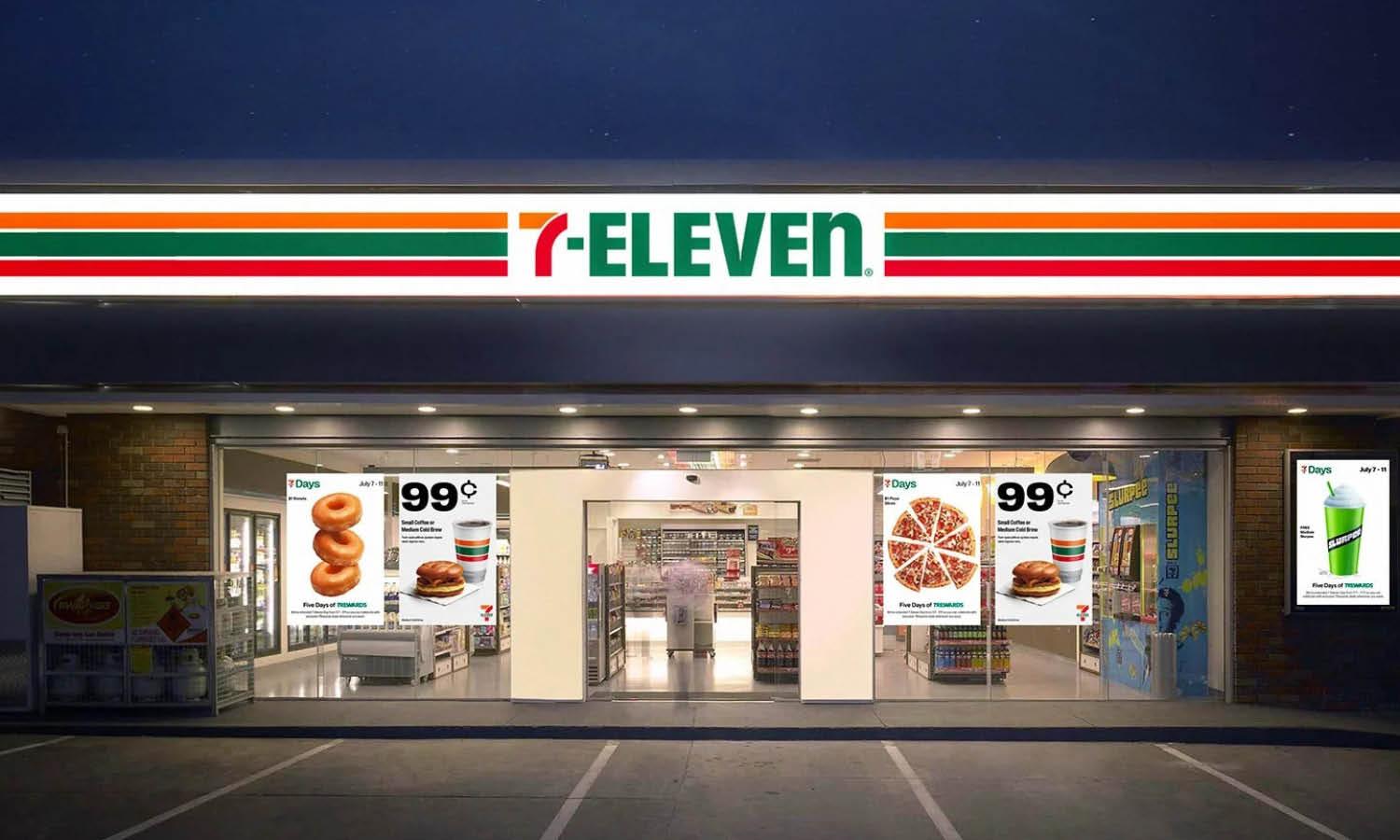
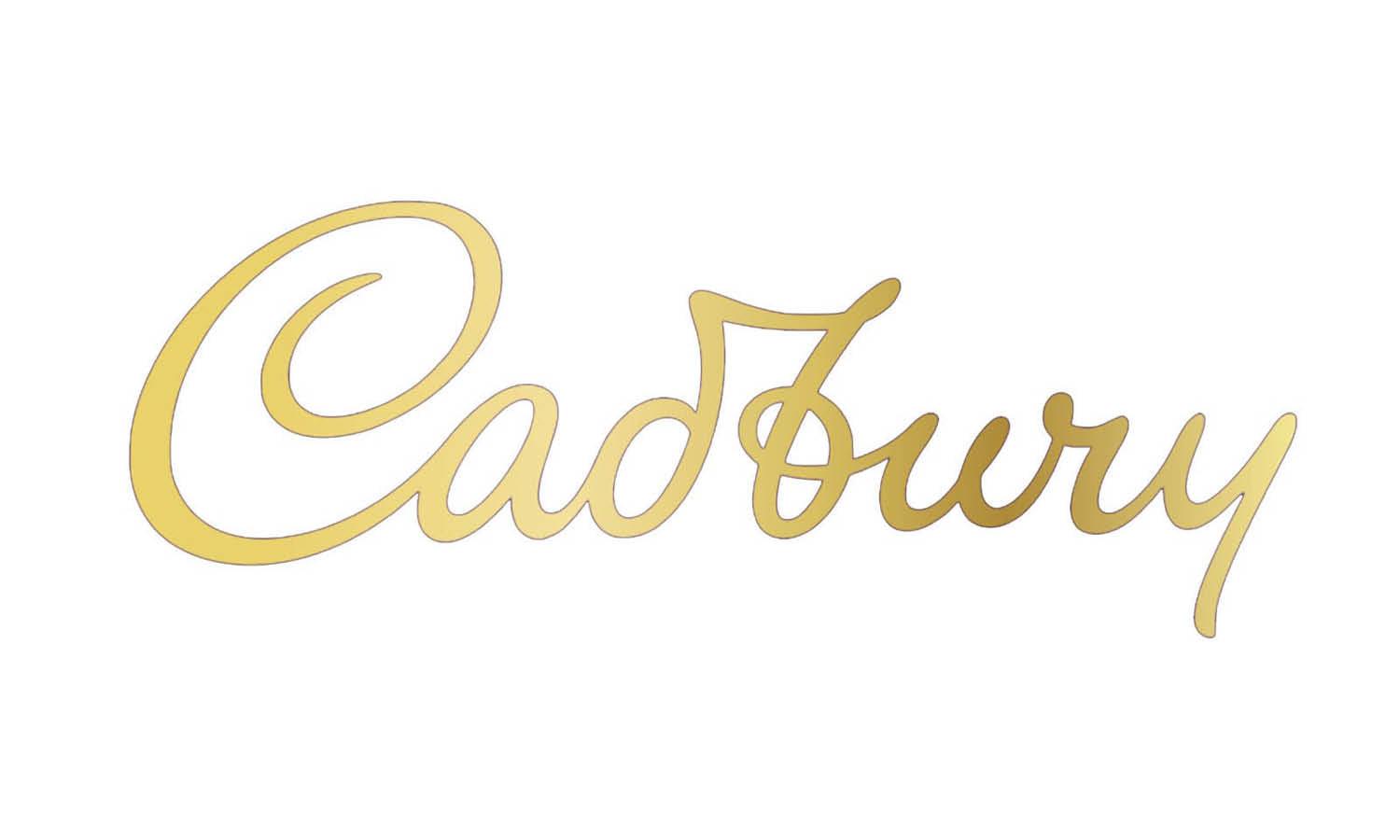
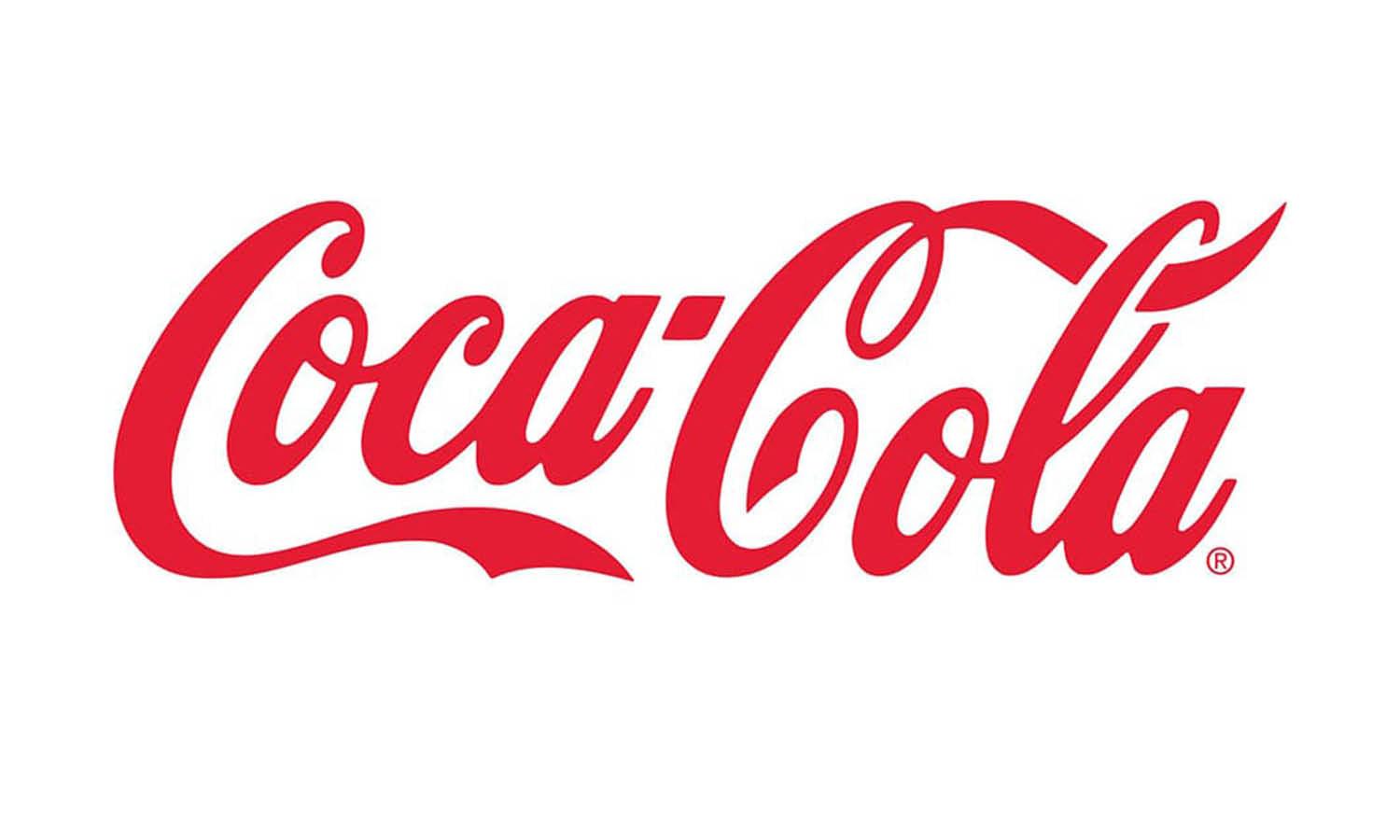
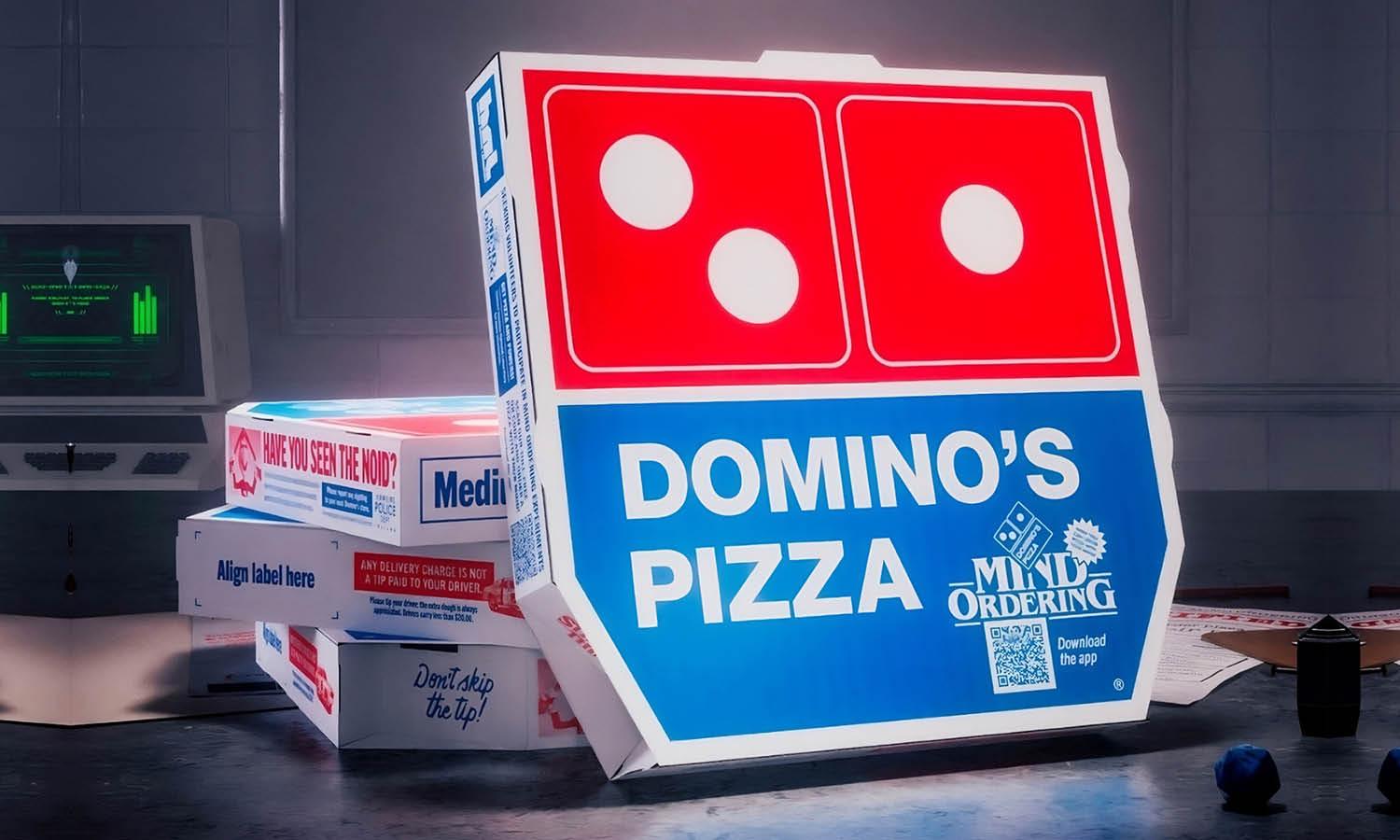
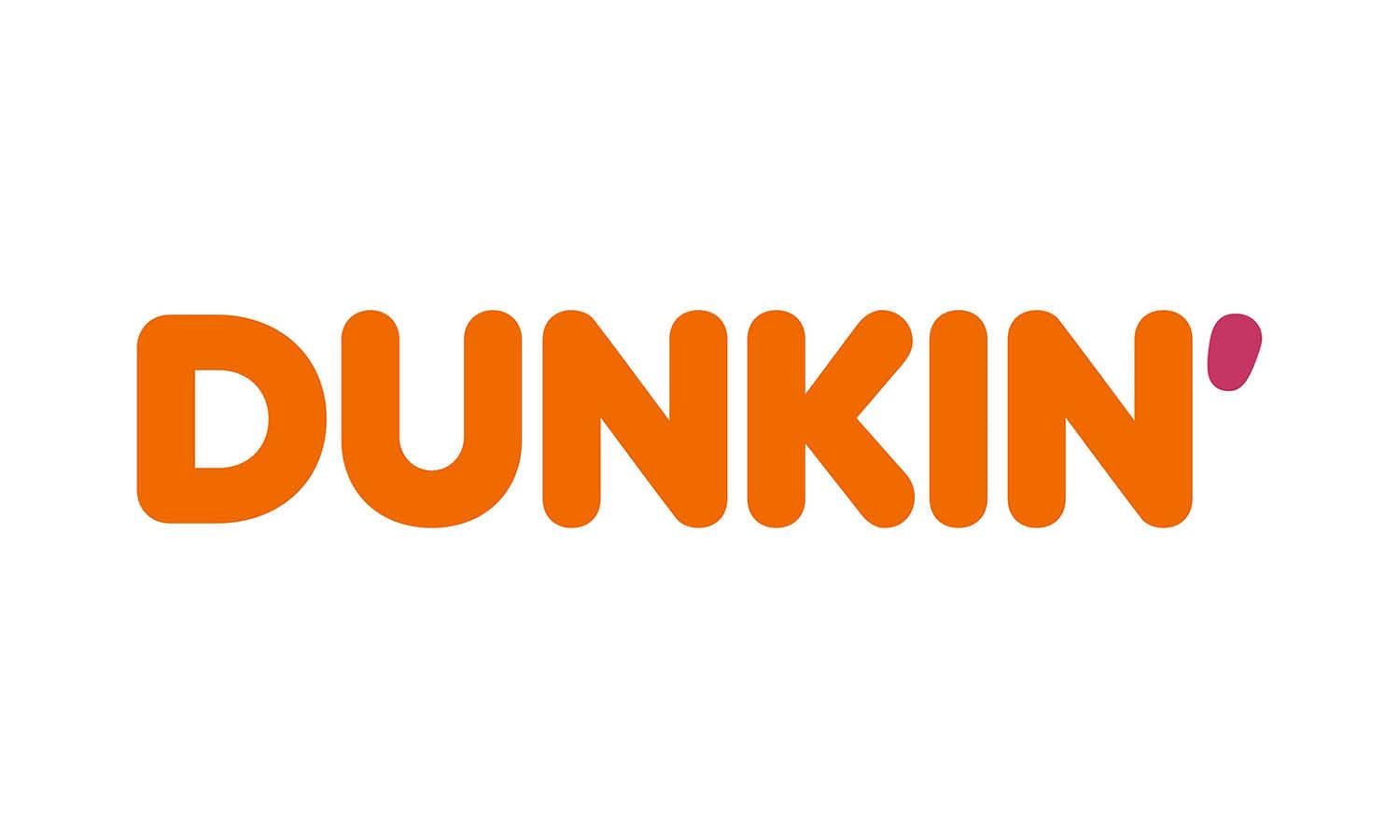










Leave a Comment